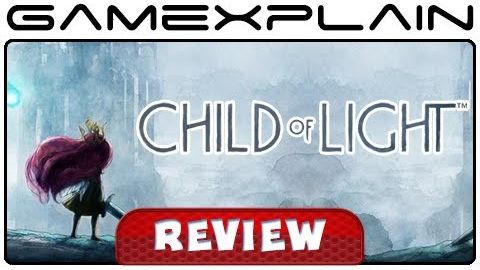光之子--視頻評測(Wii U) (Child of Light - Video Review (Wii U))
Evangeline 發佈於 2021 年 01 月 14 日  沒有此條件下的單字
沒有此條件下的單字- n. (c./u.)感覺;意識;含義
- v.t./i.傳感,感覺,感知;感覺,官能
US /ˈkærəktɚ/
・
UK /'kærəktə(r)/
- n.角色,人物(故事,電影或戲劇中);字,字體;性格;特點;人物(一般用法);名譽;名聲
US /ˈkɑnstənt/
・
UK /'kɒnstənt/
US /ˈstrætədʒi/
・
UK /'strætədʒɪ/

